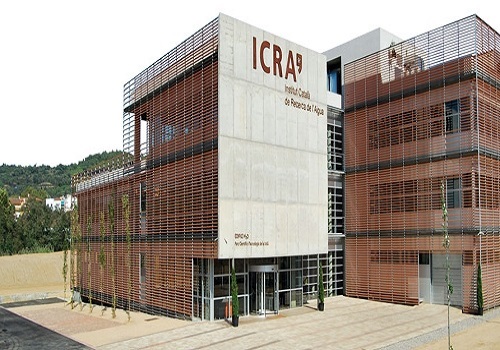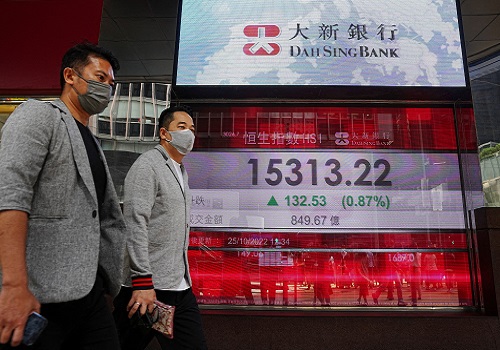Asia counts down to Fed lift off, China data underwhelms

Follow us Now on Telegram ! Get daily 10 - 12 important updates on Business, Finance and Investment. Join our Telegram Channel
By Wayne Cole
SYDNEY - Asian markets stood still on Wednesday as the world waited to hear from the U.S. Federal Reserve on when it would stop buying assets and start raising interest rates, possibly piling pressure on its peers to follow.
Futures have already priced in an end to tapering by March and a first hike to 0.25% in May or June, with rates approaching 0.75% by year end.
BofA's latest survey of fund managers shows they favour an end to tapering in April and only two hikes in 2022, making them more vulnerable to a hawkish outlook.
Also vital will be the ultimate destination for rates given markets are currently priced for a peak of just 1.5-1.75%, a level that would likely not even top inflation.
"At its heart, there is an implied assumption that all the Fed has to do is tap the fed funds brake a mere 150bps, and the economy will slow sufficiently to break the inflation cycle," noted Alan Ruskin, macro strategist at Deutsche Bank.
"Yet we have never had a cycle peak where real rates have not been above zero, which means the market's expected terminal rate is too low and possibly far too low."
Should Fed members agree and plot a much higher peak, it would challenge the lofty valuations of stocks and the slim yields offered by Treasuries. Right now, bonds are implying cash rates will average only 1.8% for the next 30 years.
The rapid spread of the Omicron variant is an added complication that could incline the Fed to be less hawkish, though recently officials have sounded more concerned about the persistence of inflation than the pandemic.
Whatever the Fed decides, it will set the bar for the central banks of the EU, UK and Japan when they meet this week, and add to pressure for further tightening in emerging markets.
So many potential pitfalls kept investors nervous and MSCI's broadest index of Asia-Pacific shares outside Japan eased 0.1% in slow trade.
Japan's Nikkei dithered either side of flat and South Korea lost 0.2%.
Chinese blue chips were little moved as retail sales missed forecasts with a rise of 3.9% while industrial output gained a firmer-than-expected 3.6%.
EUROSTOXX 50 futures did manage to rise 0.2%, while FTSE futures were flat. Nasdaq futures and S&P 500 futures held steady, having eased overnight. [.N]
Treasury yields were a shade higher in the wake of an unexpectedly strong reading for U.S. producer price inflation overnight.
Ten-year yields nudged up to 1.44%, but remain well short of the recent top of 1.693%. The yield curve continued its flattening trend as investors wager an earlier start to Fed tightening will lead to slower inflation in the long run.
The prospect of rising short term rates supported the U.S. dollar, particularly against the euro and yen where monetary policy is expected to lag.
The single currency was left at $1.1263, not far from its recent trough of $1.1184. The dollar firmed to 113.71 yen and near resistance at 113.95.
The dollar index held firm at 96.497, with bulls eyeing the November peak at 96.938. [FRX/]
The risk of rising cash rates has been a burden for gold, which offers no fixed return, and left it sidelined at $1,772 an ounce. [GOL/]
Oil prices eased after the International Energy Agency (IEA) said the spread of Omicron coronavirus variant would dent the recovery in global fuel demand. [O/R]
Brent fell 53 cents to $73.17 a barrel, while U.S. crude lost 60 cents to stand at $70.13 per barrel.
(Editing by Sam Holmes & Shri Navaratnam)












 320-x-100_uti_gold.jpg" alt="Advertisement">
320-x-100_uti_gold.jpg" alt="Advertisement">












